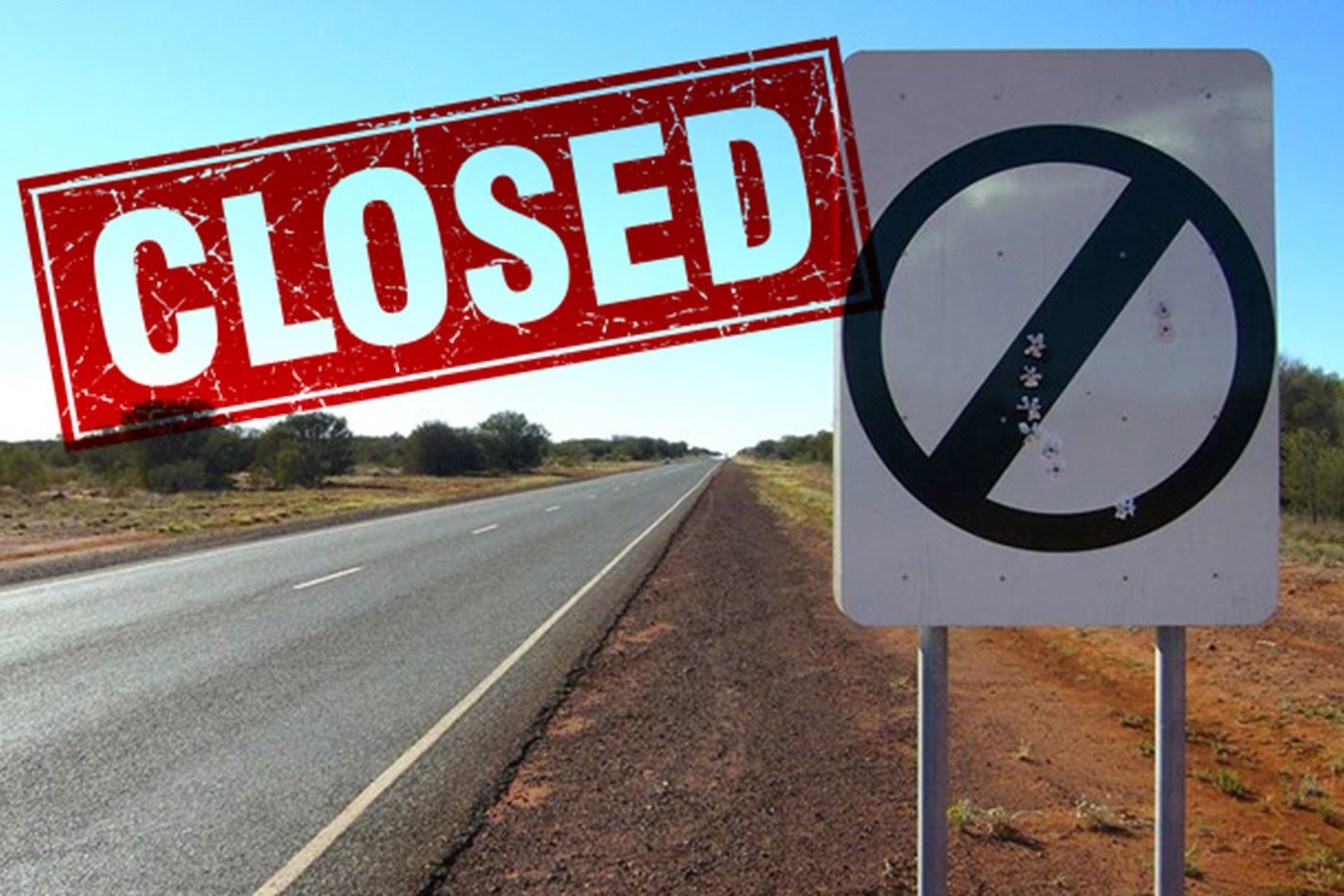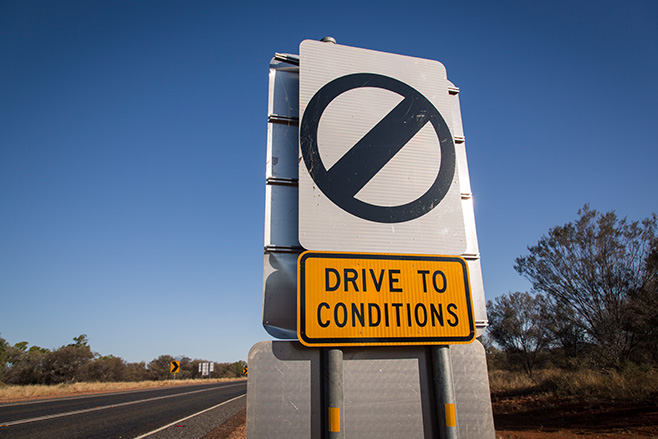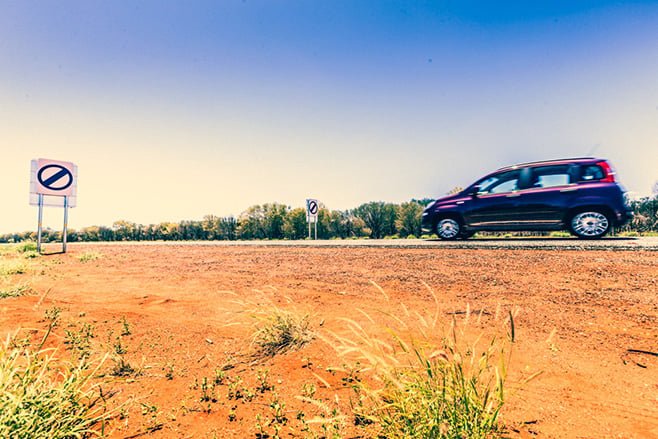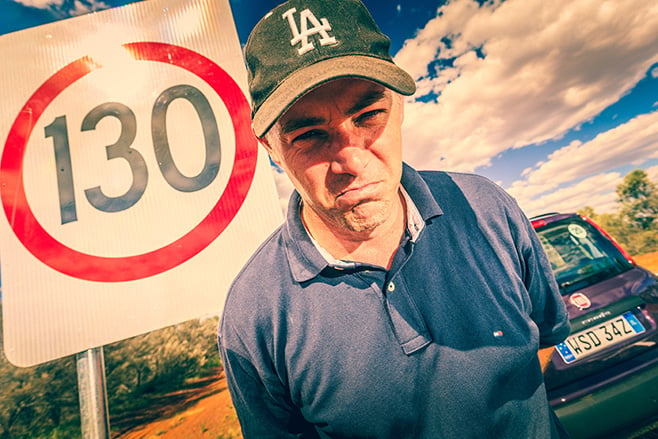
THE only place in Australia where drivers could quench their need for speed is officially no more.
A seven-year open speed trial in the Northern Territory came to an official end last week with new road signs – restricting speeds to 130km/h – replacing derestricted signs along a 300km stretch of the Stuart Highway.
The move, slammed by the Australian car industry, comes after a change of leadership for the Territory in the wake of September’s elections, with the Michael Gunner-led government railing against the open speed trial as part of its pre-election campaign.

The deposed chief minister, Adam Giles, had extended the trial’s reach to a 300km section of the Territory’s main north-south road corridor, extending in two sections from just north of Alice Springs in the Territory’s south to the railway overpass at Ali Curung.
“Territorians have always acted sensibly in open speed limit zones, with 85 percent of drivers travelling between 133-139km/h; and most driving to the conditions,” Giles said as part of an announcement in April when the trial had extended to another 72km section of road.
“Of the 11 crashes that occurred during the 2014 year-long trial period on stretches of the Stuart Highway, there were no fatalities. And of the one serious injury reported, alcohol and not wearing a seatbelt were factors,” he said.

“The Territory has a unique road network, and we’ll continue to expand, upgrade, and take an evidence-based approach to speed limits on our major highways.”
Former NT transport minister Peter Chandler revealed to Wheels that his department was working towards extending the trial to more sections of the Territory’s roads, including a stretch along the highway to the tourist-heavy Kakadu National Park, that were part of the next roll-out of funding.
The trial had cost the Giles government about $30 million to change over signs and clear trees to improve run-off safety.

Despite being an open-speed trial, police could still book drivers if they thought their speed was inappropriate for conditions, including factors such as the weather, the ability of the vehicle to handle the higher pace, and the skill of the driver.
Wheels has taken advantage of the NT trial, taking a Fiat Panda out to stretch its legs, as well as attempting to break the 300km/h barrier in the final Ford Falcon-based FPV. A section of road was closed for the FPV’s high-speed run.
Now find out why you should take a defensive driving course.



